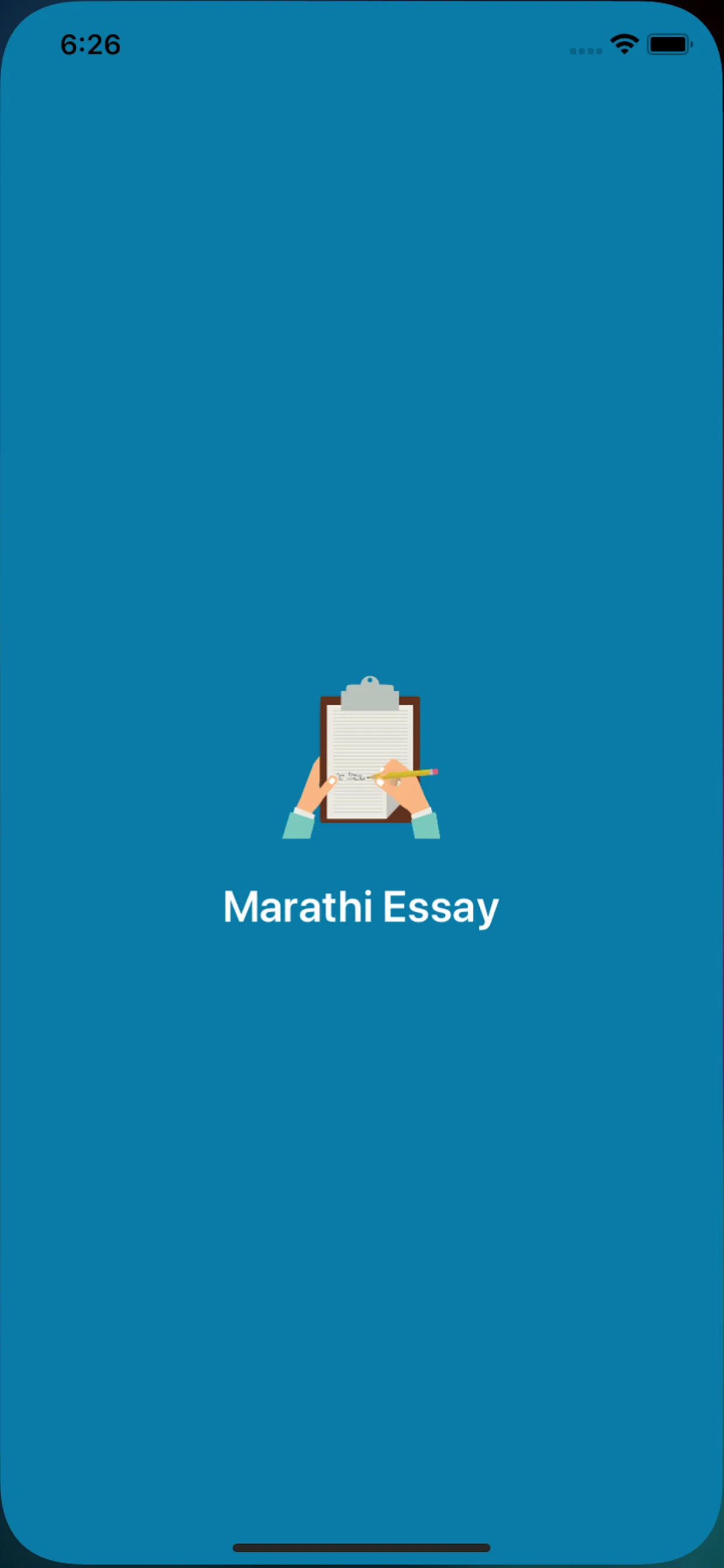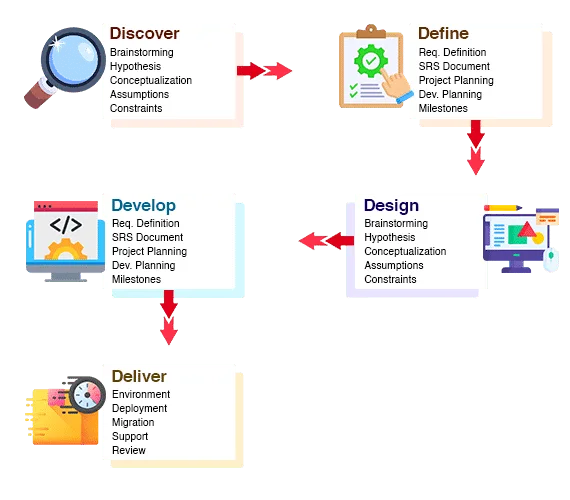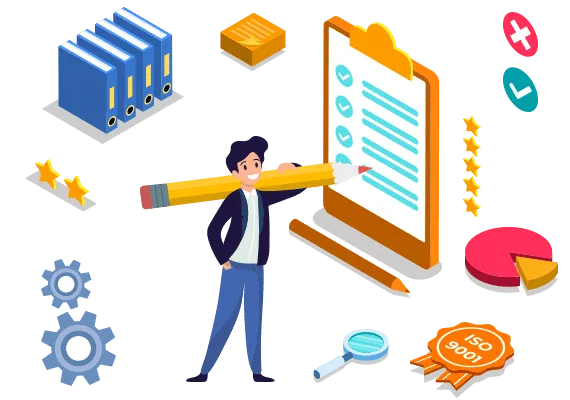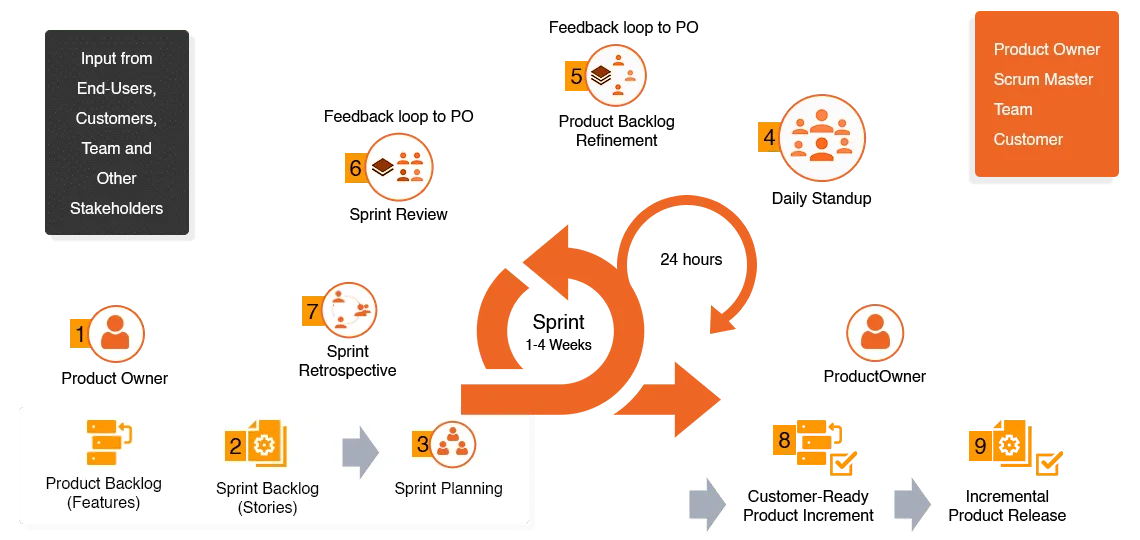
Project Execution
Methodologies

Waterfall Method
For Constrained Budget Very clear scope and stable set of requirements that isn't likely to change throughout the project

Agile Scrum
For Evolving Scope/Hired Team The scope is defined very briefly and the requirements are very likely to change throughout the project
How to Engage?
Every project is unique, requiring dedicated and specialized treatment. In addition to the critical factors of cost, time, and scope, the working model between the client and the agency plays a pivotal role in achieving a balanced approach.
At our core, we offer clear and robust project execution models that are highly flexible and client-centric. Before initiating any project, whether it’s a simple website or complex software development, we ensure the adoption of the most suitable project execution model.
“A project can sometimes be completed without a structured project execution process, but often its absence leads to failure.”
Time
Track project milestones and deadlines with our detailed timeline. Stay updated on real-time progress to ensure timely delivery and effective planning
Cost
Monitor project expenditures and budget allocations in real-time. Track costs against milestones to ensure financial transparency and effective resource management.
Scope
Manage project scope and deliverables with our detailed scope management plan. Stay updated on scope changes to ensure alignment with project goals and stakeholder expectations.

Engaging with Waterfall Method
The waterfall methodology divides projects into linear, sequential phases, where each phase depends on the deliverables of the previous one. The project lifecycle in this approach typically includes five stages: discovery, definition, design, development, and delivery.
Determining if your project aligns with Waterfall Project Management involves considering assumptions, constraints, objectives, business needs, and acceptance criteria, among other factors. When these aspects are well-defined and measurable, the waterfall method is suitable for your project.
Given its structured approach, your project will outline specific features and functionalities in a Software Requirements Document (SRS). This document describes expectations and scopes throughout the project lifecycle until its final handoff.
What if my requirements evolve?
Due to the unique nature of each project, uncertainties often arise during execution. These can range from buggy third-party dependencies to changes in the project scope. We proactively identify and plan for these uncertainties by effectively managing project risks.
While we meticulously plan every aspect of a project before execution, we acknowledge that changes are inevitable. “Change is the only constant” in project management. Therefore, we have robust change management processes in place. We assess the impact of changes on the project scope, and carefully evaluate the time and cost implications. Subsequently, we update the Software Requirements Specification (SRS) document to reflect these changes.
The Waterfall Process proceeds accordingly, culminating in a Quality Assurance phase to ensure that project deliverables align with the predefined or revised project scope.

Agile Vs Waterfall





